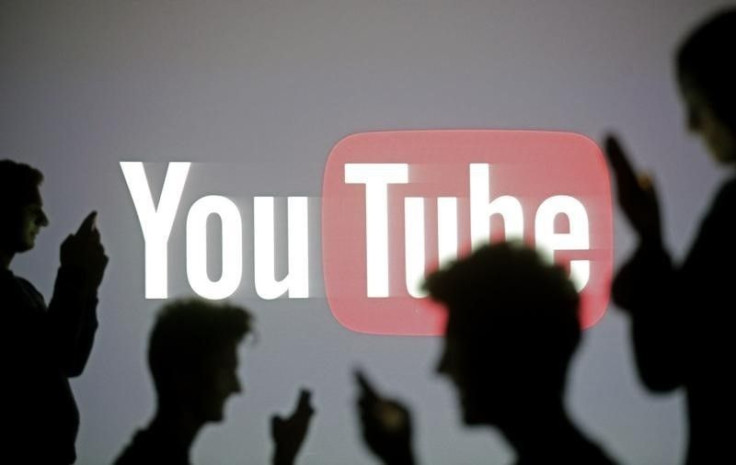YouTube At 10: Cat Videos Are Still A Thing, Pew Survey Finds

We are all contributing to the Internet’s cat video problem. The Pew Research Center has released some intriguing stats about YouTube, which celebrates its 10th anniversary this year and a very specific milestone this weekend: The site’s domain was secured on Valentine’s Day 2005, and the first upload took place in April.
According to Pew, 45 percent of the people uploading video to the Internet uploaded footage of a cat or another pet. That’s nearly double the percent of people uploading scripted or intentionally staged content (23 percent), though a larger share of uploaders posted footage of themselves or friends doing everyday things (58 percent) or attending events (52 percent).
The base of people doing the uploading has grown considerably wider, too: the share of the U.S. population that has uploaded video to the Internet has more than doubled since 2009. More than three out of 10 U.S. adult Internet users have uploaded video to the Internet, and the most common motivation (35 percent) is a hope that the content will go viral. That means more cats, more stunts, more people getting hit in the groin, all surging up the pipes into an incomprehensibly vast ocean of video. More than 300 hours of footage is uploaded to YouTube every minute, according to statistics compiled by the company.
A few other takeaways that will help you think about the world's most famous source for Internet video:
It has empowered citizen journalists. More than one in 10 U.S. social media users have uploaded footage of a news event. While a lot of that is journalists taking advantage of the news-making capability of their smartphones, a lot of the people getting involved -- 40 percent -- are amateurs.
It's a social hub. Though most people don't think of it this way, YouTube is technically a social network, and it is the second-largest in the world. Only Facebook is bigger.
It's led the charge into mobile. Half of YouTube's revenues now come from ads streamed on mobile devices.
© Copyright IBTimes 2024. All rights reserved.





















